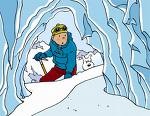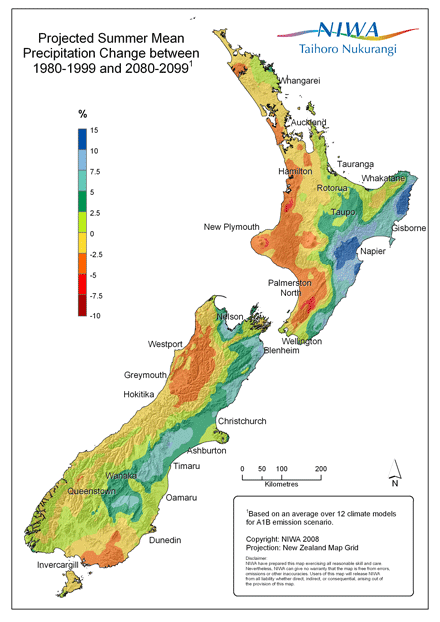 The latest satellite data shows that this summer’s snowmelt in northern Greenland was “extreme”, according to Marco Tedesco, assistant professor of Earth & Atmospheric Sciences at The City College of New York. From the press release:
The latest satellite data shows that this summer’s snowmelt in northern Greenland was “extreme”, according to Marco Tedesco, assistant professor of Earth & Atmospheric Sciences at The City College of New York. From the press release:
“Having such extreme melting so far north, where it is usually colder than the southern regions is extremely interesting,” Professor Tedesco said. “In 2007, the record occurred in southern Greenland, mostly at high elevation areas where in 2008 extreme snowmelt occurred along the northern coast.”
Melting was most pronounced near Ellesmere Island, where ice sheet collapses were observed, and around the Petermann glacier, which is also shedding ice. Melting lasted 18 days longer than average in these areas, and the melt index (area times days) was three times higher than the 1979-2007 average for the region.
Underlining the dramatic changes being seen in the far north, the National Oceanic & Atmospheric Administration (NOAA) released its second Arctic Report Card earlier this week…
Continue reading “(The Village) Greenland Preservation Society”



